How To Make Cultured Cream
The more we delve into this homestead lifestyle, the more we are amazed by how easy it is to make items that we had previously only ever purchased in a package from the grocery store. Case in point, cultured cream! With only 2 simple ingredients, making your own cultured cream at home is about as easy as it gets.
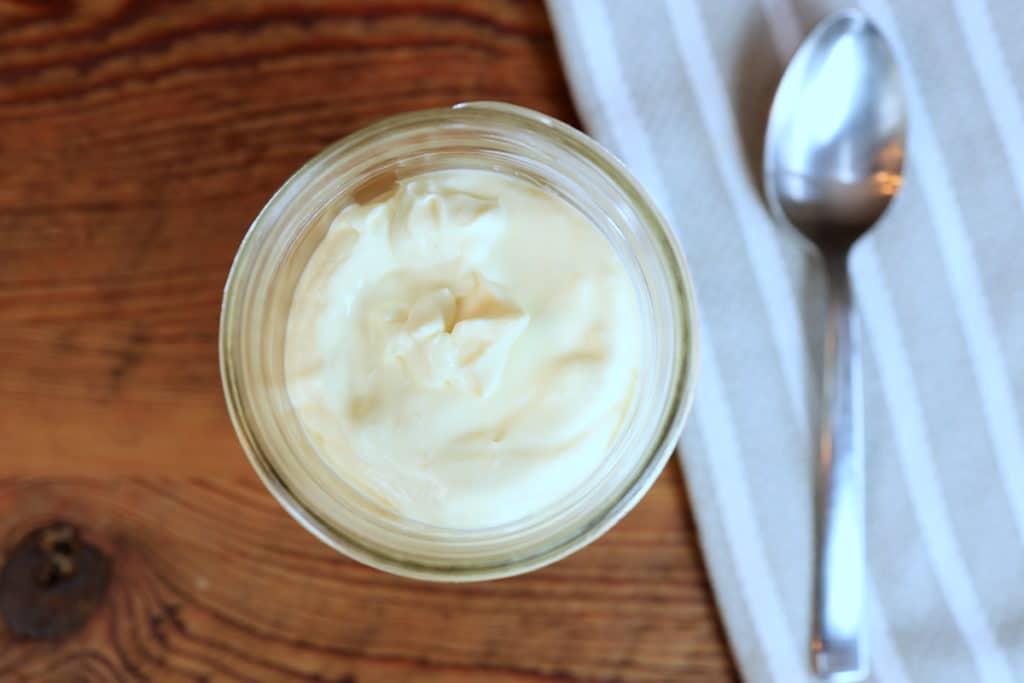
We are always trying to expand the recipes coming from our home dairy. This is just our latest addition alongside some of our long favorites like farmhouse cheddar, raw milk butter, and homemade ice cream.
Store Bought vs. Homemade Cultured Cream
This past spring, we had a large family potluck. We had a Mexican theme and every one brought dishes to make an extravagant taco bar. One ingredient label on the table caught my attention – the container of sour cream. Instead of the only ingredient being cultured cream as it should be, there was a list of a handful of ingredients including extra additives, gums, and stabilizers.
It is possible to buy sour cream from the store where the only ingredient is cultured cream. But it is certainly not a guarantee. You must check the ingredient label to be sure no unwanted ingredients are being added.
However, making it at home not only ensures what is in your final product, you are also in control of where your ingredients come from. We definitely feel way better about using the cream from our grass-fed Jersey cow than cream from conventionally raised cows.
Sour Cream vs. Crème Fraiche vs. Cultured Cream – What’s the Difference?
This was quite confusing to me when I first began hearing these terms. Where we live in the United States, sour cream is the most commonly seen product you can purchase in a grocery store. However, in other parts of the world, crème fraiche is more common. So, let’s break down the differences.
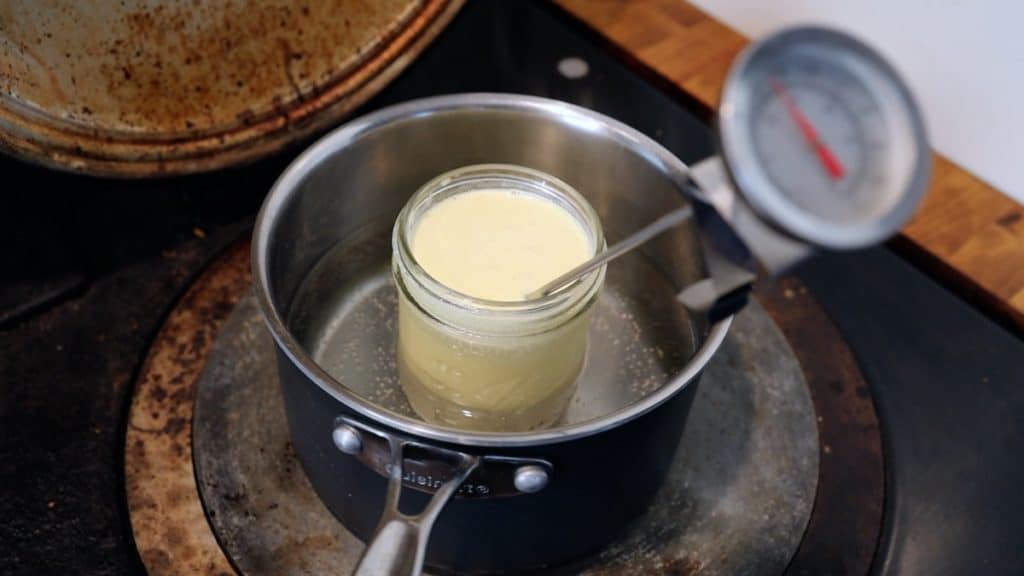
Cultured Cream
Cultured cream is just as it sounds – culturing or fermenting cream by adding different beneficial bacteria allowing it to develop a tangy or slightly soured taste. Both sour cream and crème fraiche are a type of cultured cream. Essentially, cultured cream is the only ingredient in both sour cream and crème fraiche.
Sour Cream
Sour cream originated in Eastern Europe and typically contains around 20% fat. Because it has a lower fat content, it is often made by adding additional thickeners or stabilizers to create the thick cream you see in the containers in the store (especially necessary when labeled low fat or fat free). It is made by culturing cream with a lactic acid culture which thickens and sours the cream.
Crème Fraiche
Crème fraiche has its origins in France. It contains a higher fat content (around 30%) and tends to be naturally richer and thicker because of its higher fat content. Similarly to sour cream, it is made by culturing heavy cream for several hours until the cream thickens and becomes slightly sour. Because of its higher fat content, crème fraiche will not curdle if heated so it’s better to use in soups or sauces.
How to Make Cultured Cream (raw or pasteurized milk)
Traditionally, cultured cream was made by setting raw or fresh cream out on the counter for 8-24 hours. Over time, the cream would naturally thicken and sour because of the bacteria and enzymes present in the raw milk.
While we use raw milk when making ours, I do like to add a small amount of some sort of starter culture to my raw cream to kickstart the process (I usually use yogurt). I’ve found this tends to help fortify the process, ensuring a beautiful, thick cultured cream.
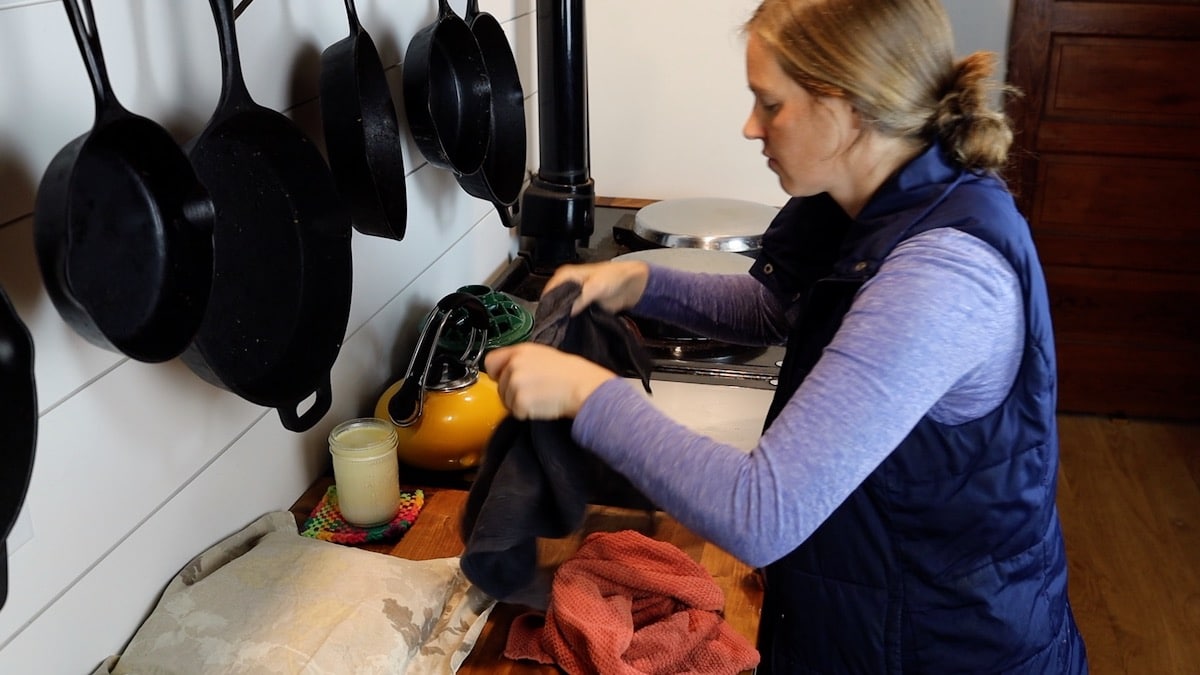
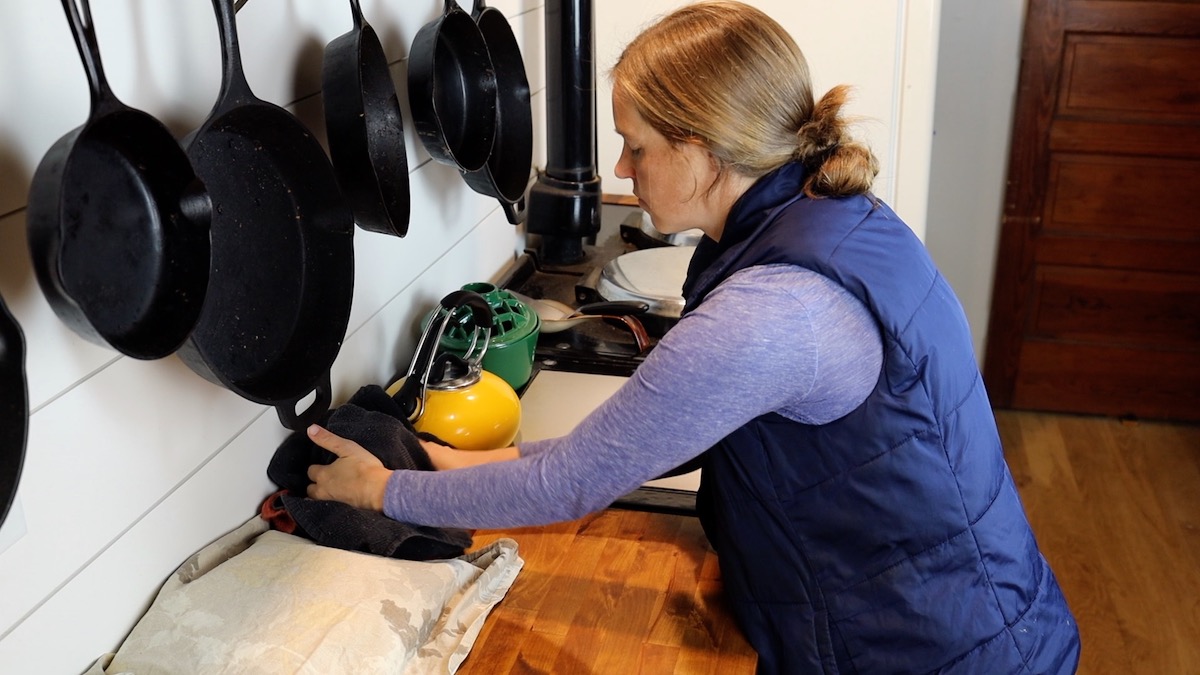
Even if you are using pasteurized milk, it’s still very easy to make your own cultured cream at home. The main difference is that instead of simply setting the cream on the counter, the addition of a starter culture is necessary to start the culturing process since the natural bacteria and enzymes have been largely lost in the pasteurization process.
What Starter Culture to Use for Cultured Cream?
When it comes to culturing cream or milk, there are 2 different options – thermophilic cultures or mesophilic cultures. The difference between them is that thermophilic cultures are heat loving and must be heated for the cultures to be activated. Most yogurts, including our homemade yogurt, is an example of using a thermophilic culture. Mesophilic cultures love medium heat and ferment best around 90°F or 30°C.
Making cultured cream with pasteurized cream requires a mesophilic culture and cultures best at temperatures around 75-90°F (24-30°C) You can either purchase a mesophilic culture like this one or you can use cultured buttermilk (just be sure if you are buying from the store that there are no extra ingredients added).
How to Use Cultured Cream?
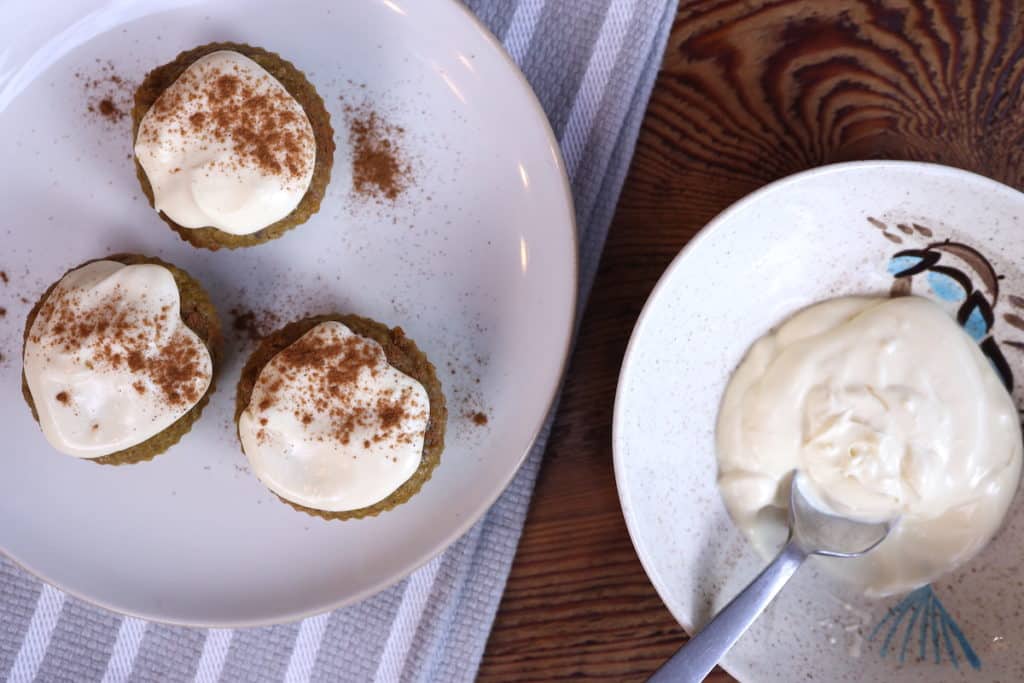
There are so many possibilities when it comes to using cultured cream. It is the perfect addition to many dishes like chili or tacos. You can turn it into delicious, creamy dressings or dips. Add it to any baked goods that call for sour cream. Or our favorite use of cultured cream has been to stir in just a bit of maple syrup, honey, or dulce de leche and use it as a frosting or a fruit dip.
Cultured Cream Recipe
Ingredients:
– 2 cups heavy cream
– Either 1/8 tsp of mesophilic starter culture OR 2 Tbsp of cultured buttermilk
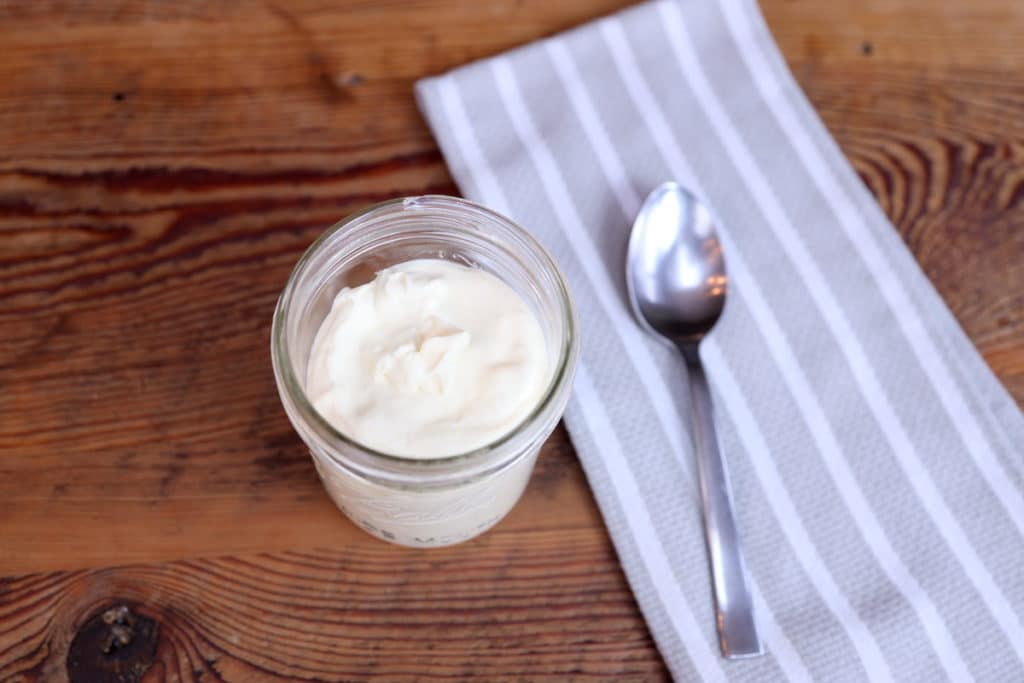
Directions:
- Pour cream into a mason jar or glass container and mix in the starter culture.
- Place the jar into a small saucepan filled partially with water.
- Heat the saucepan over low to medium heat until the cream reaches 85°F (30°C).
- Immediately remove from heat.
- Wrap jar or container with towels (without lid) and let sit in a warm place (around 70-75°F or 21-24°C) for 8-24 hours until the cream has thickened and lightly soured.
- Place in fridge to store, it should thicken a bit in the refrigerator.
Some of the above links are affiliate links. This means we earn a small commission on qualifying purchases at no cost to you. We are so appreciative of your support!
For more easy recipes from our home dairy, check out our:
- How to Make Crockpot Yogurt
- How To Make Quick and Natural Mozzarella Cheese Without Vinegar
- 36 Easy Raw Milk Recipes to Use Up Extra Milk

How to Make Cultured Cream
The more we delve into this homestead lifestyle, the more we are amazed by how easy it is to make items that we had previously only ever purchased in a package from the grocery store. Case in point, cultured cream! With only 2 simple ingredients, making your own cultured cream at home is about as easy as it gets.
Ingredients
- 2 cups heavy cream
- Either 1/8 tsp of mesophilic starter culture OR 2 Tbsp of cultured buttermilk
Instructions
- Pour cream into a mason jar or glass container and mix in starter culture.
- Place jar into a small saucepan filled partially with water.
- Heat saucepan over low to medium heat until the cream reaches 85 degrees Fahrenheit or around 30 degree Celsius.
- Immediately remove from heat.
- Wrap jar or container with towels (without lid) and let sit in warm place (around 70-75 degree Fahrenheit) for 8-24 hours until cream has thickened and lightly soured.
- Place in fridge to store, it should thicken a bit in the refrigerator.
Pin it for later!
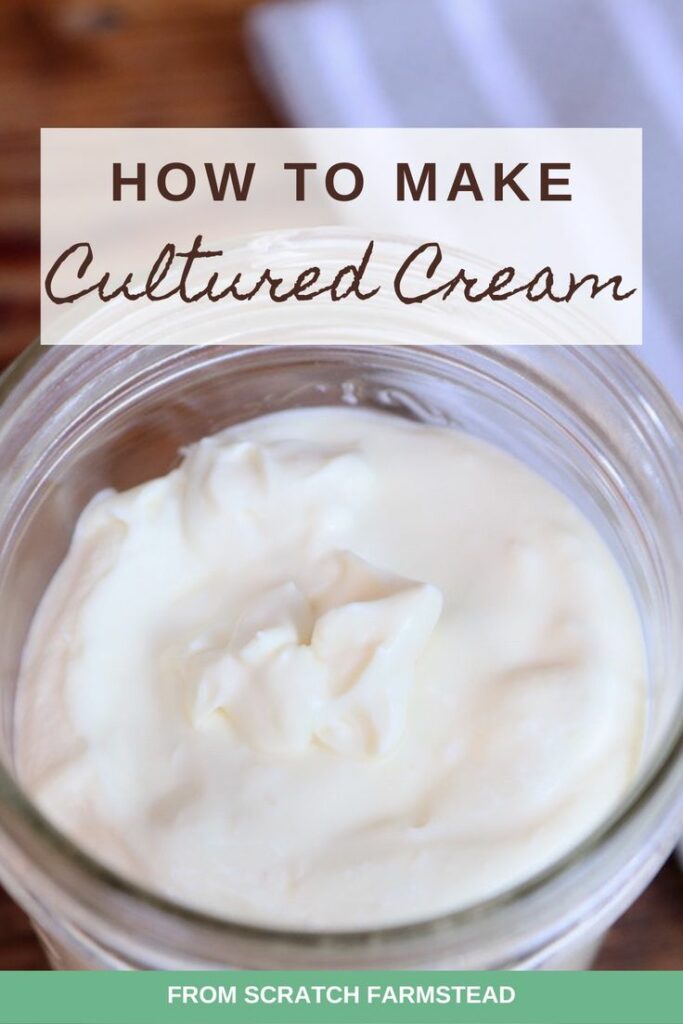

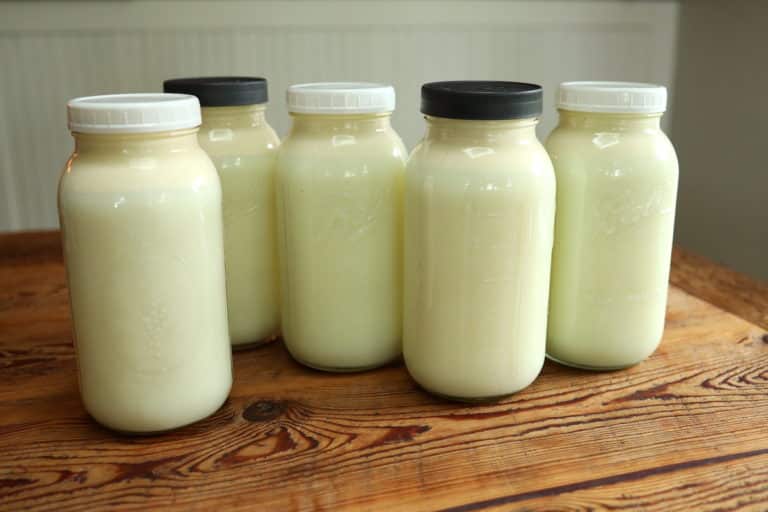
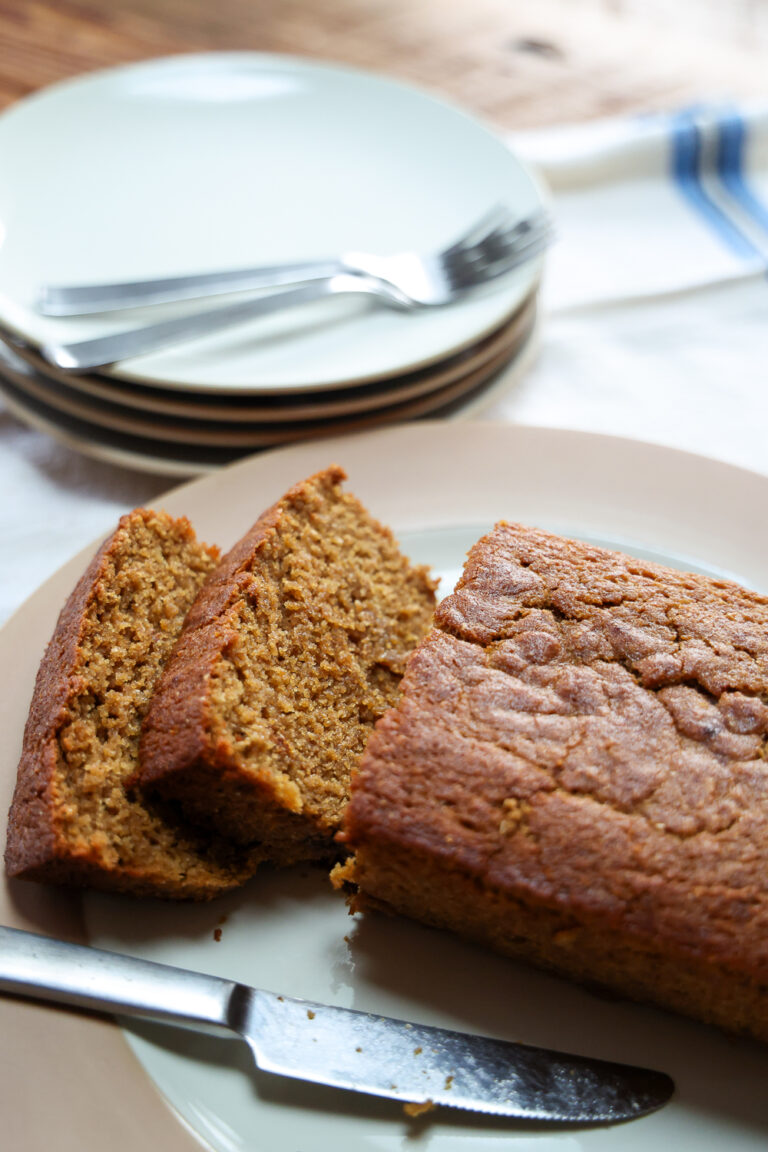
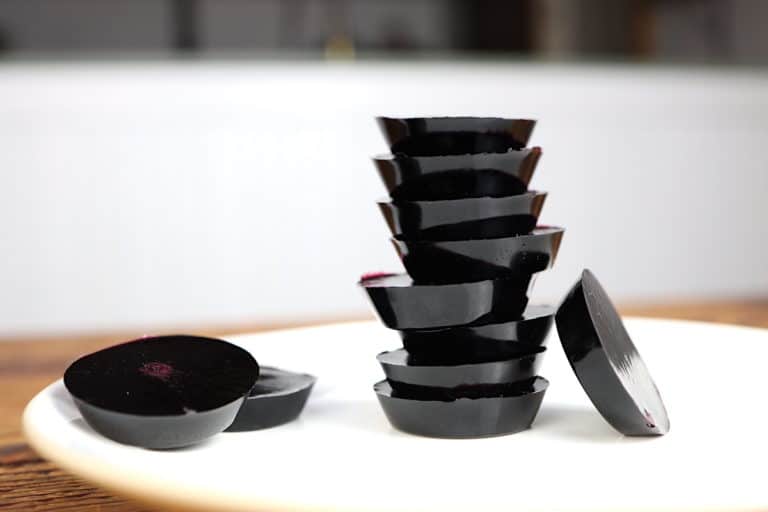

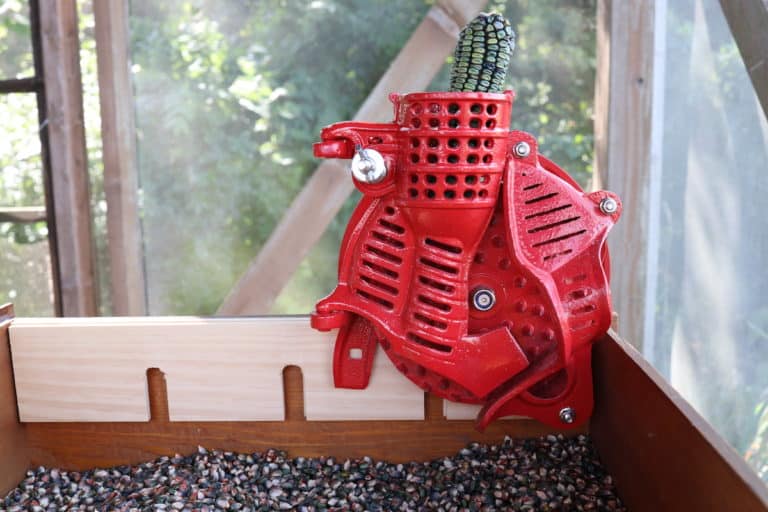
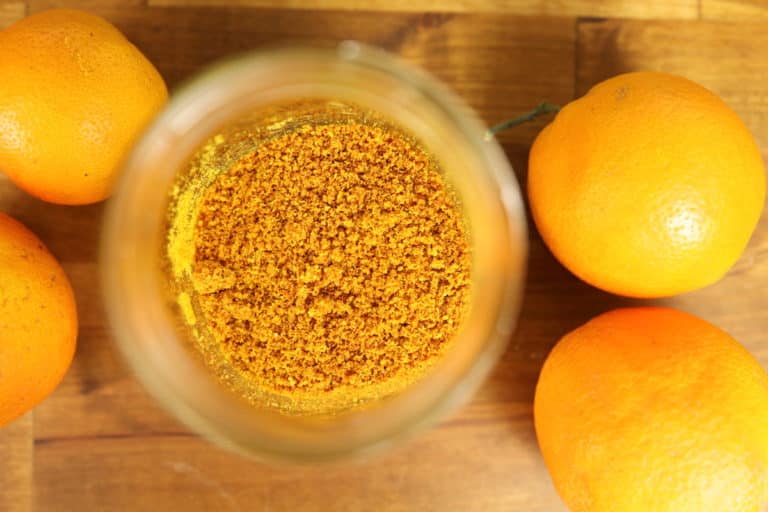
Hi, do you need to heat saucepan or can the culture just be added to the cream as is?
You can add the culture before or after heating but I’ve found that it cultures much better when heated to roughly 85 degrees and then allowed to sit unless your kitchen is really warm. When I tried just culturing at room temp without heating, it took way longer and didn’t get as thick and creamy. Hope this helps!
I followed all the instructions, but mine hasn’t thickened much at all. It’s still very liquid. Is there something else I need to do? Maybe set it back on the counter for a while and see if that does the trick?
Whenever this has happened to me, it was because it was too cool. Try warming it up to at least 90 degrees Fahrenheit (but under 100 degrees) and letting it set in the warmest place in your home to hold that temp. Every time I’ve done this, it has thickened up quickly! I hope this solves it for you 🙂
Hello! I just found your site while looking for raw milk sour cream directions…I can’t wait to explore all of it! : ) I purchase my fresh milk from a local farm. I only have a half pint of heavy cream that I skimmed off of my milk that I want to use for creme fraiche, which I have a purchased culture for. My problem is, I do not know how much culture to use because the directions are one pouch for one quart. Do you have any thoughts on this?
Hi! Yay, that’s very exciting! I’m sorry for the slow response. If you only have 1 cup to work with, I would think you would use 1/4 of the pouch (1/4 of a quart). Does that seem right to you? Let me know how it goes! Good luck!
Hi! How long will the cultured cream last in the refrigerator? Thanks for your awesome vidoes!
Hi! I’d say for sure up to 2 weeks in the fridge. So glad you find them helpful!!
Can you, can this for the pantry for longer storage?
Thanks
Dairy is one of those things that it’s unsafe to can so we’ve always just made fresh as needed!
I’m riding the struggle bus here when trying to figure out how to use yogurt to culture it. I’m using raw milk from our cow and some of our homemade yogurt (which is heated during the making and cultured with store bought yogurt); do I use 2 Tbsp of yogurt? Do I just need to heat to same temperature of 85 degrees as listed in the recipe or do I need to heat warmer?
Hi! I understand where you’re coming from. Yogurt is a thermophilic starter (heat-loving) and this cultured cream is mesophilic. But, in all of my experimentation, adding a couple of tablespoons of our homemade yogurt to the warm raw cream (around 85-90 degrees f) works best. It seems like you would need to heat it more but it works! I just add the yogurt in first, heat the cream/yogurt to 85-90 degrees f and let it sit, wrapped in a warm place for 12-14 hours. It’s always worked great! I hope this helps!